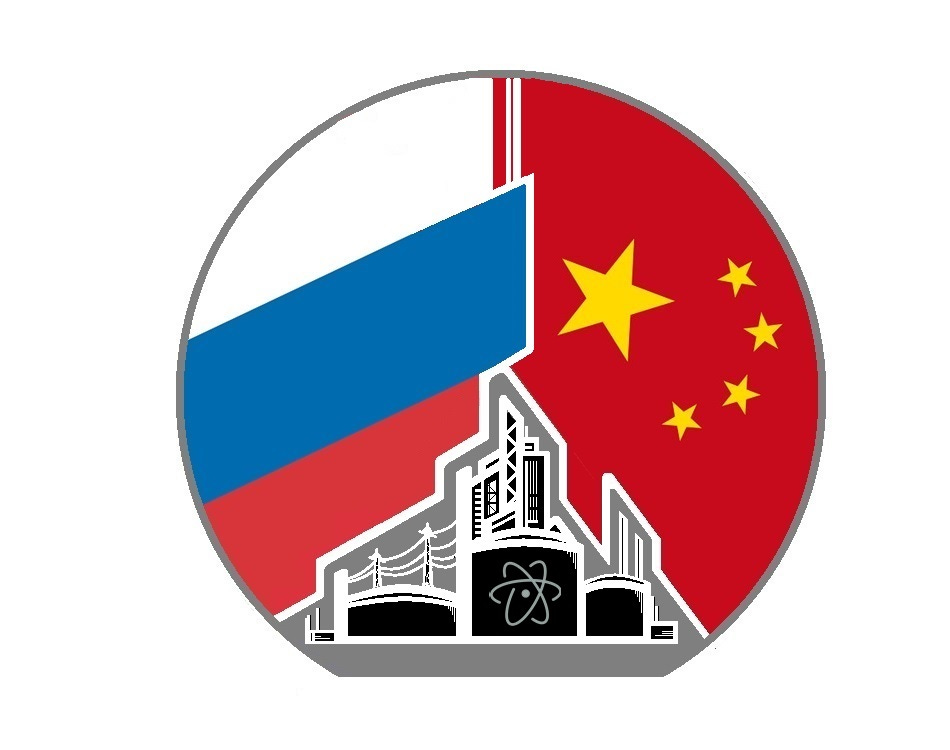In this issue:
Ukraine is intensifying its appeals for sanctions on the Russian nuclear industry on account of the latter’s role in the occupation of the Zaporizhzhia NPP and provision of weapons technologies to the Russian military. Western capitals are seriously considering the option. It is becoming more and more likely that some level of decoupling will occur in the civil nuclear sphere between Rosatom and its Western partners, in which case the United States and countries of Western Europe presently dependent on Russian uranium products would have to find alternative sources of supply. Meanwhile, East Central Europe would face the arguably bigger challenge of fueling, maintaining, and operating with minimum assistance from Rosatom the numerous Russian VVER reactors already operating in the region, all while looking for alternative vendors and contractors with sufficient competence to construct new reactor units in pursuit of energy security and decarbonization objectives. My latest article (link to full text below) examines these questions and a range of potential solutions, each of which is fraught with its own uncertainties.
Link to full text (available before March 23, 2023): https://authors.elsevier.com/a/1gWSo3ic--Dc8O
Abstract: The war in Ukraine has accelerated Europe’s decoupling from Russia in the energy sphere. Nuclear energy is no exception. Most East Central European countries traditionally reliant on Russian nuclear technologies and services are diversifying away from Rosatom to seek alternative vendors. This paper analyzes the difficulties and risks associated with the decoupling process. Despite a range of apparently available options, East Central European countries pursuing decoupling may struggle to find both technically competent and (geo)politically viable nuclear energy vendors to fulfill their new-build, maintenance, and fuel supply needs – a concerning scenario given the importance of nuclear energy to the energy security and decarbonization agenda of the region and wider Europe. Avoiding this scenario requires efforts from all actors. First, Western vendors must improve their capacity to deliver viable reactor designs as well as competitive fuel and maintenance services to the region’s existing reactors. Second, regional nuclear industry stakeholders must further develop local expertise and equipment manufacturing capacity while exploring non-Western vendor options. Last but not least, local and international political actors must reduce their interference in the technical and commercial process of vendor selection so as not to exclude the most competent suppliers based on their country of origin.




